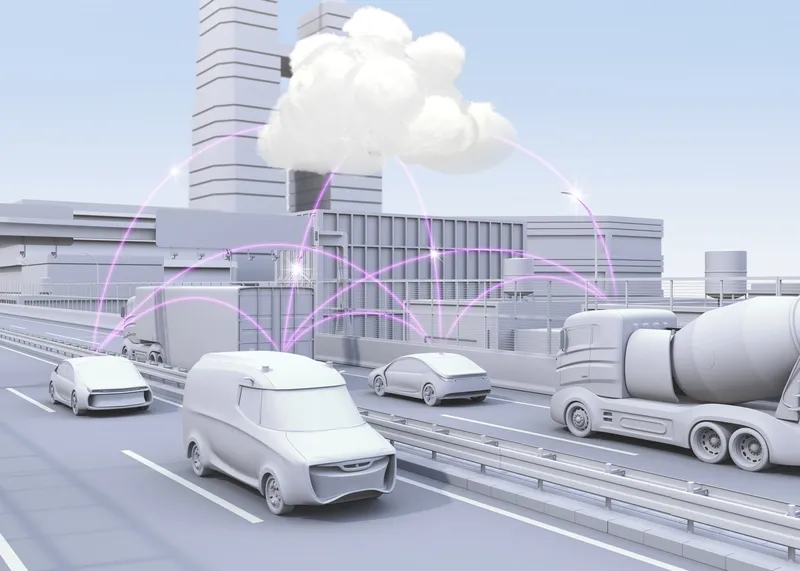
Connected vehicle data available through Otonomo Technologies is to be integrated into Iteris’ ClearMobility platform to support traffic intelligence solutions for the public and private sectors.
The agreement will allow clients to "gain an unprecedented view of traffic behaviours globally to improve real-time traffic flows with an accurate picture of what’s happening across road systems", the companies say.
It will also help with Smart City management such as emissions control and the optimisation of parking and public transport, as well as enhancing road safety through real-time and historical data on accidents, hard braking and speeds, in addition to weather events and road friction to identify hazardous sections of road and plan for improvements.
The new move will also help with infrastructure and transportation developments, with vehicle count, average speed, and origin/destination data to determine site analysis and demand planning.
Otonomo chief revenue officer Anders Truelsen says: “Our work with Iteris comes at a time when there is a pressing need to address the constantly growing and varied data sets available from the private sector. One of the biggest opportunities is being able to use the connected vehicle data available through the Otonomo platform to close the data activation gap—the gulf between getting the data and making it actionable—and help them to achieve the full promise of the mobility economy.”
Will Cousins, chief product officer at Iteris, says: “They offer a world-class platform to ingest, process, and publish connected vehicle data."
The combination with Iteris' data "will support even more precise traffic assessments, especially for less frequently-travelled roads that are not as well supported by existing infrastructure communication systems”.
ClearMobility allows Iteris to offer cloud-based mobility applications, safety intelligence and alerts, performance analytics, cellular Vehicle to Everything (C-V2X) solutions, advanced intersection detection, AI-enabled object classification, mobility contextual awareness, travel time and congestion information, corridor management, and transportation planning and operations.
The Otonomo Smart Mobility Data platform provides access to a range of proprietary and patented mobility data solutions - from curated, high-quality, multi-layered connected vehicle data, standardised and blurred to remove identifiers, to VIN-specific data compliant with data privacy regulations.









